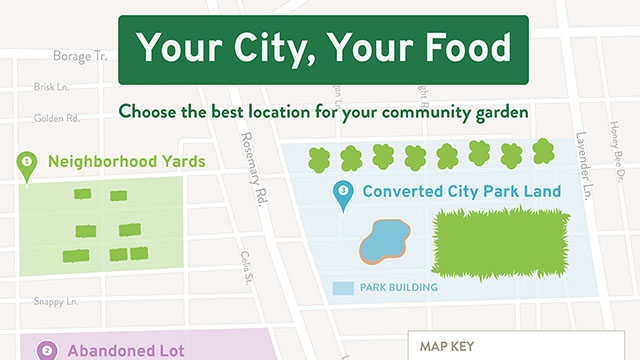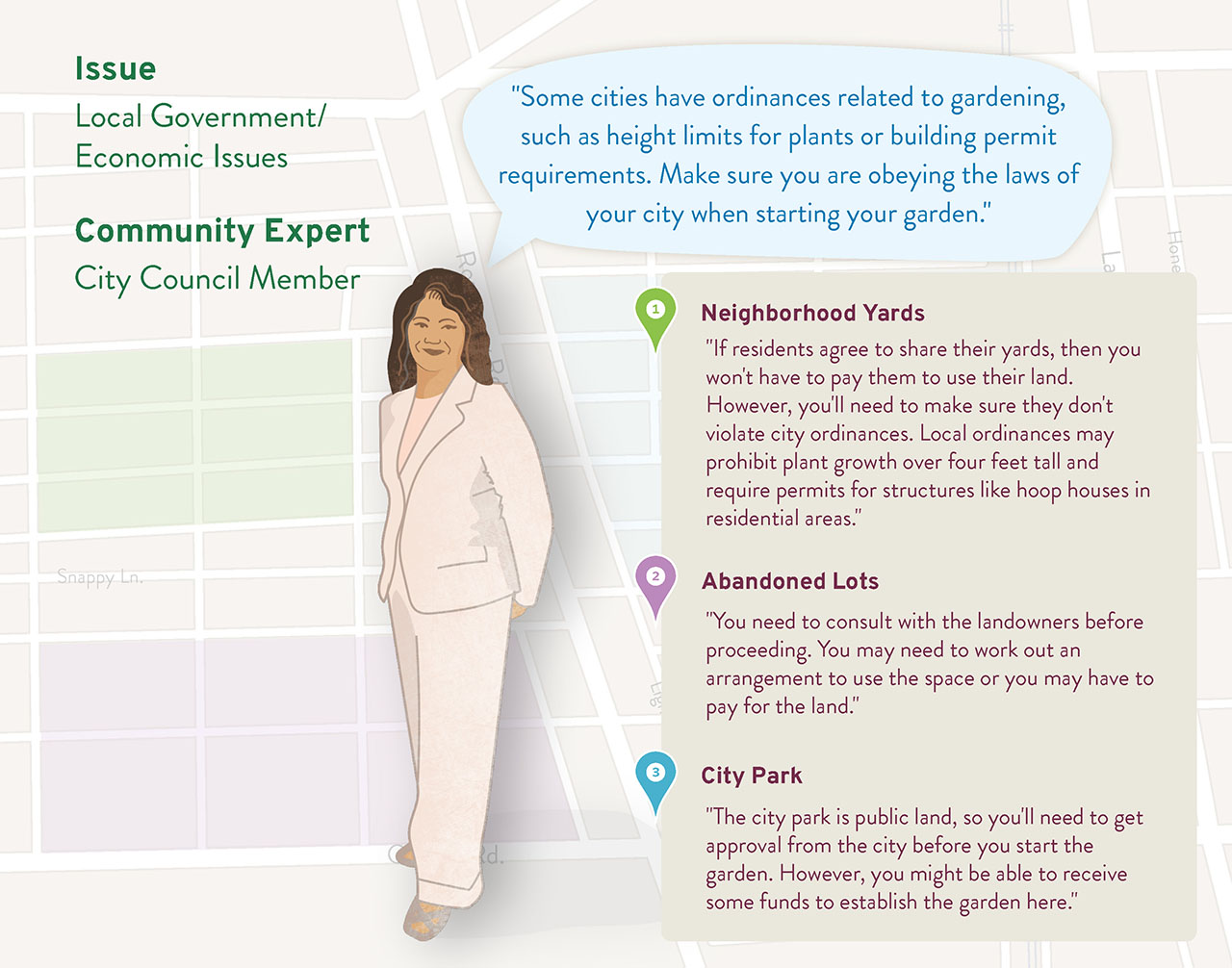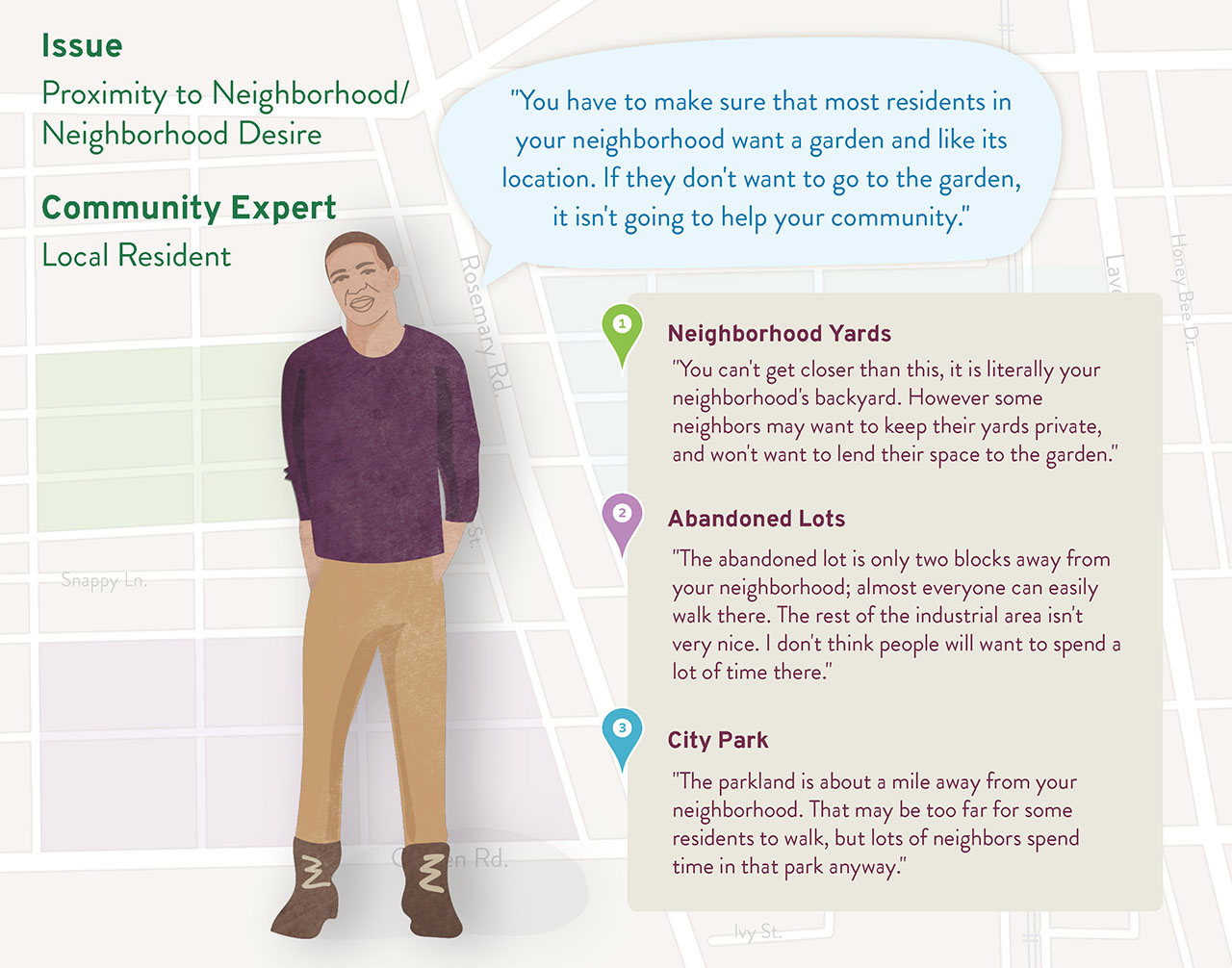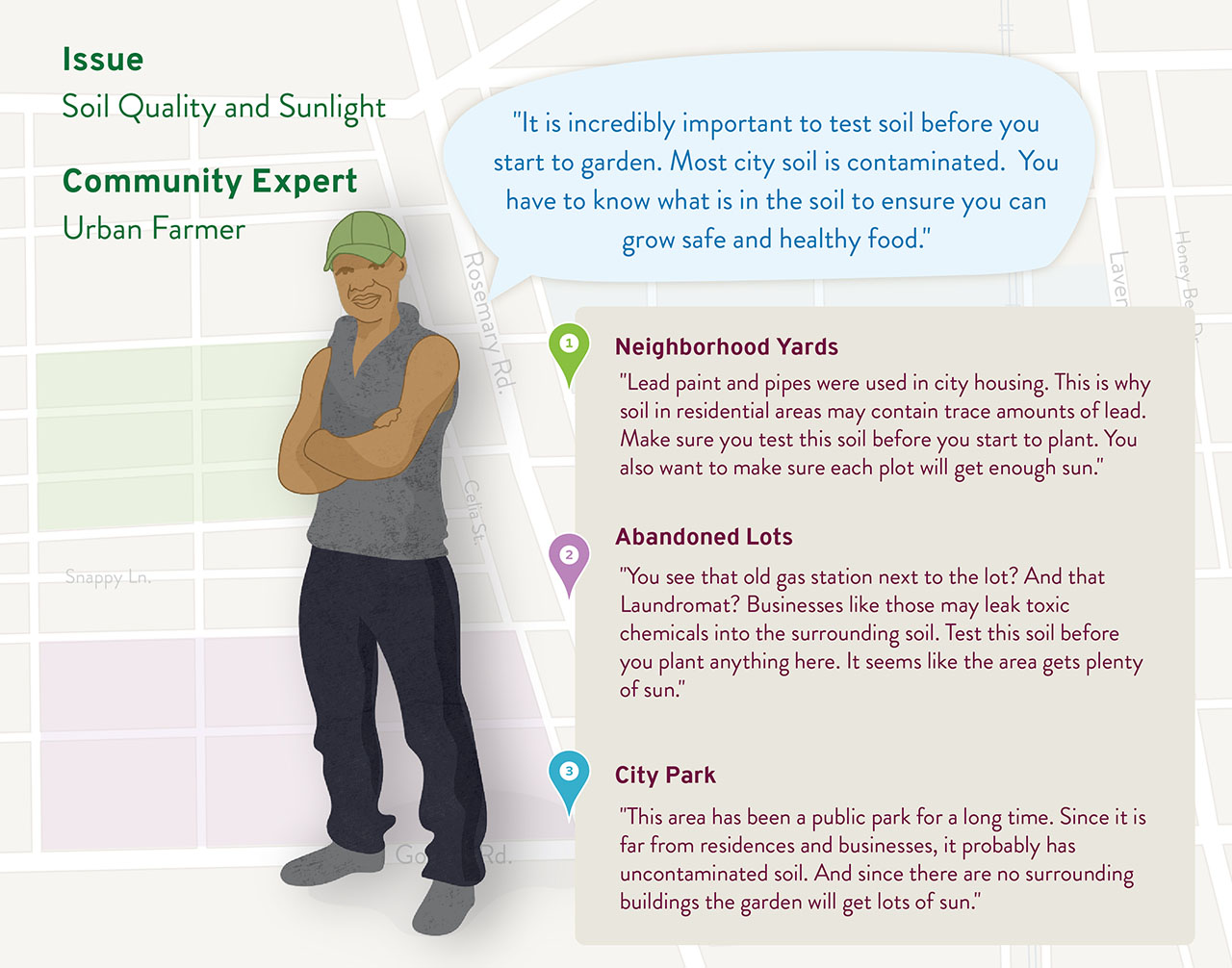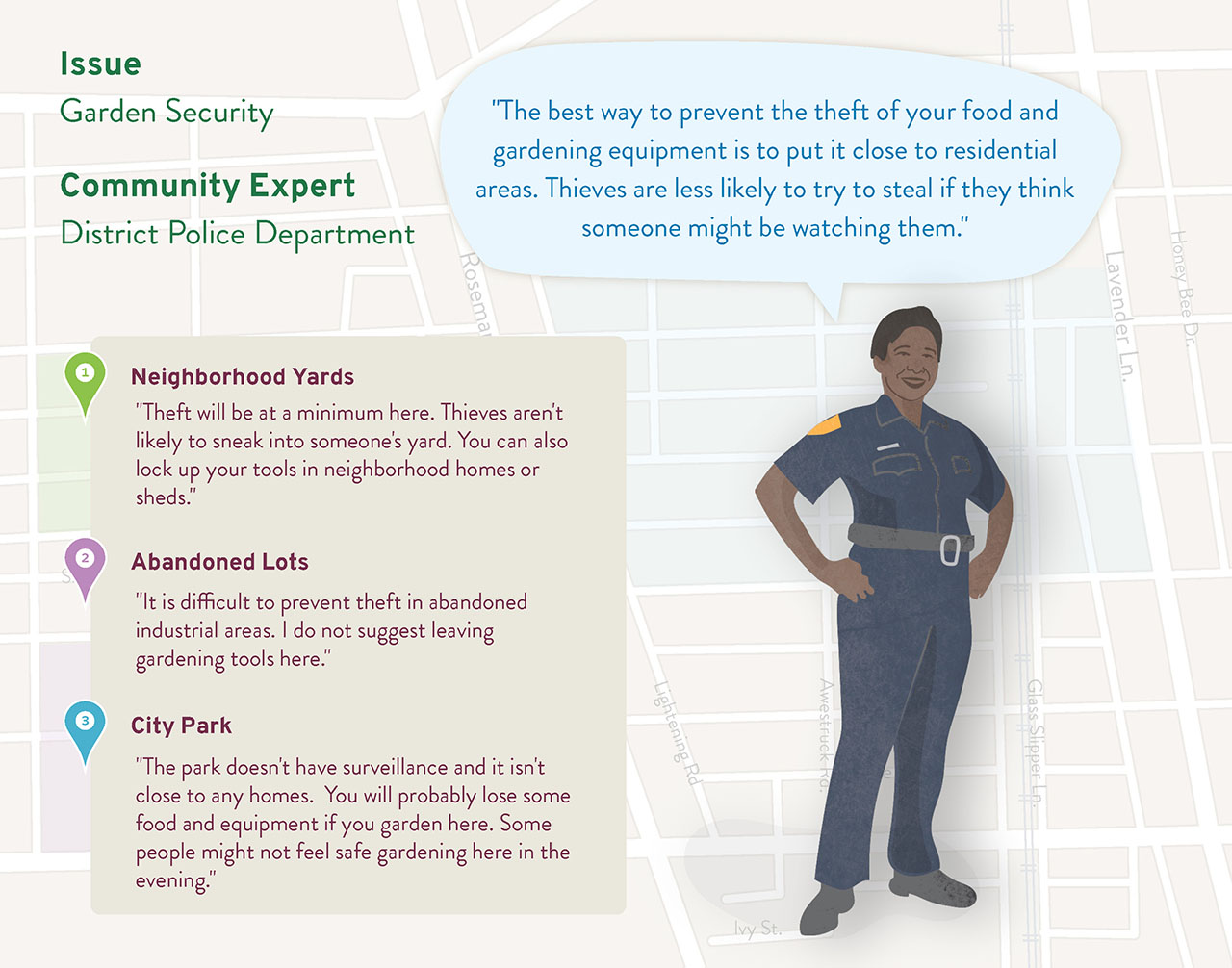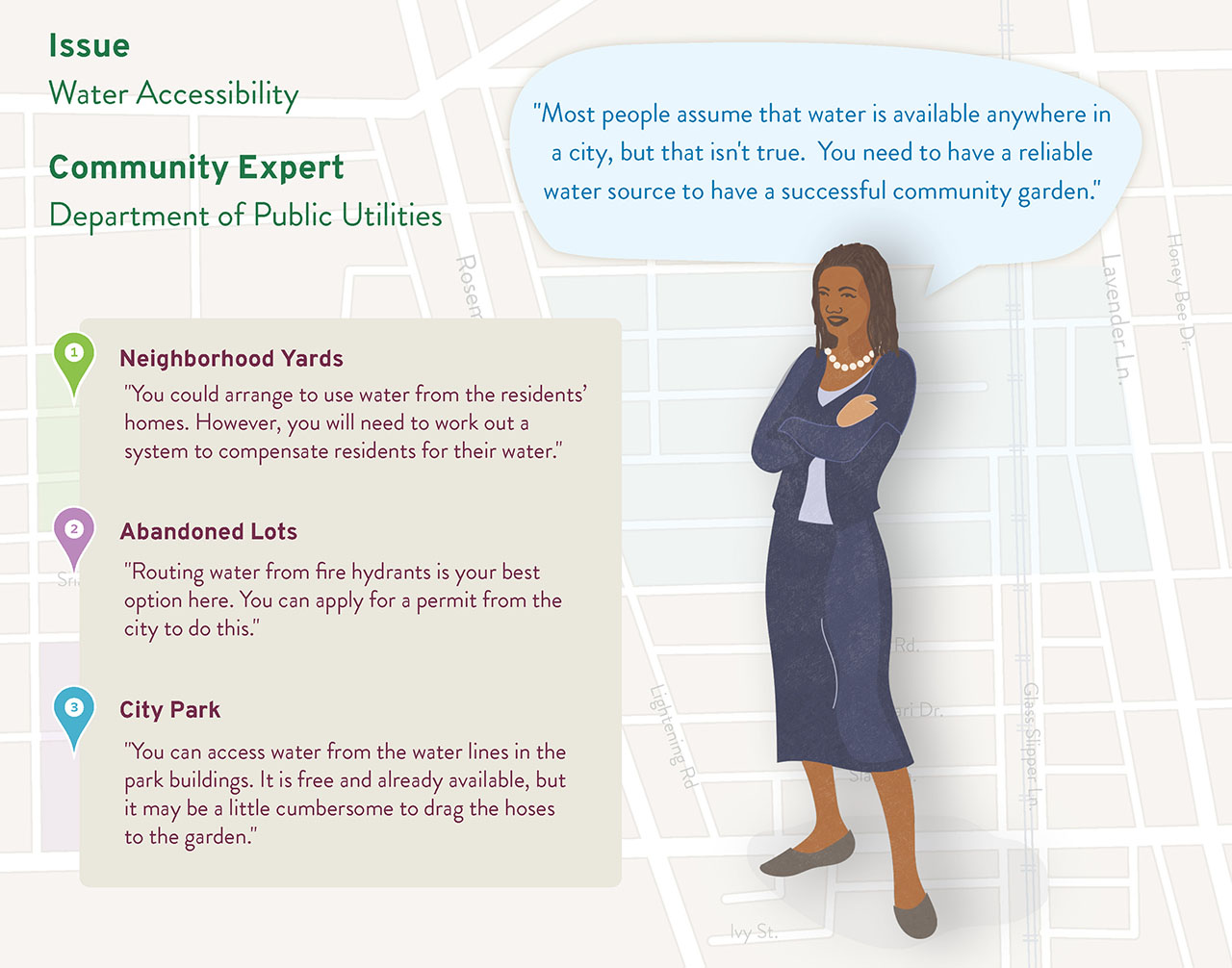Will Allen, pioneering urban farmer and founder of Growing Power, Inc., believes that access to healthy food is the key to sustaining a healthy urban community.
“If people can grow safe, healthy, affordable food, if they have access to land and clean water, this is transformative on every level in a community,” said Allen. “I believe we cannot have healthy communities without a healthy food system."
Over the last century, advances in agricultural technology have radically changed our relationship with food. Farms became exponentially larger and more productive, dropping the price and increasing the availability of agricultural products. A smaller percentage of people could grow enough food to feed the rest of the population. Most Americans no longer needed to know how to grow their own food, and many moved to cities.
However, the infrastructure of our modern food system does not serve everyone equally, and in some urban communities it has eroded away. Communities need to have the economic resources to establish and maintain markets and eateries with diverse food options, and in economically depressed neighborhoods it can be extremely difficult to find safe, healthy food. Markets selling fresh fruit and vegetables are far away and difficult to access via public transport. Local residents, many of whom have limited mobility, are left with processed food from corner stores as their only option for groceries.
Now some urban residents are following leaders like Will Allen and trying to grow food in their own communities. But growing food in a city presents unique challenges. How can residents find space with healthy soil, safe water, and adequate sunlight? How will they know the location is safe and accessible to the community? Who might they consult to find these answers?
